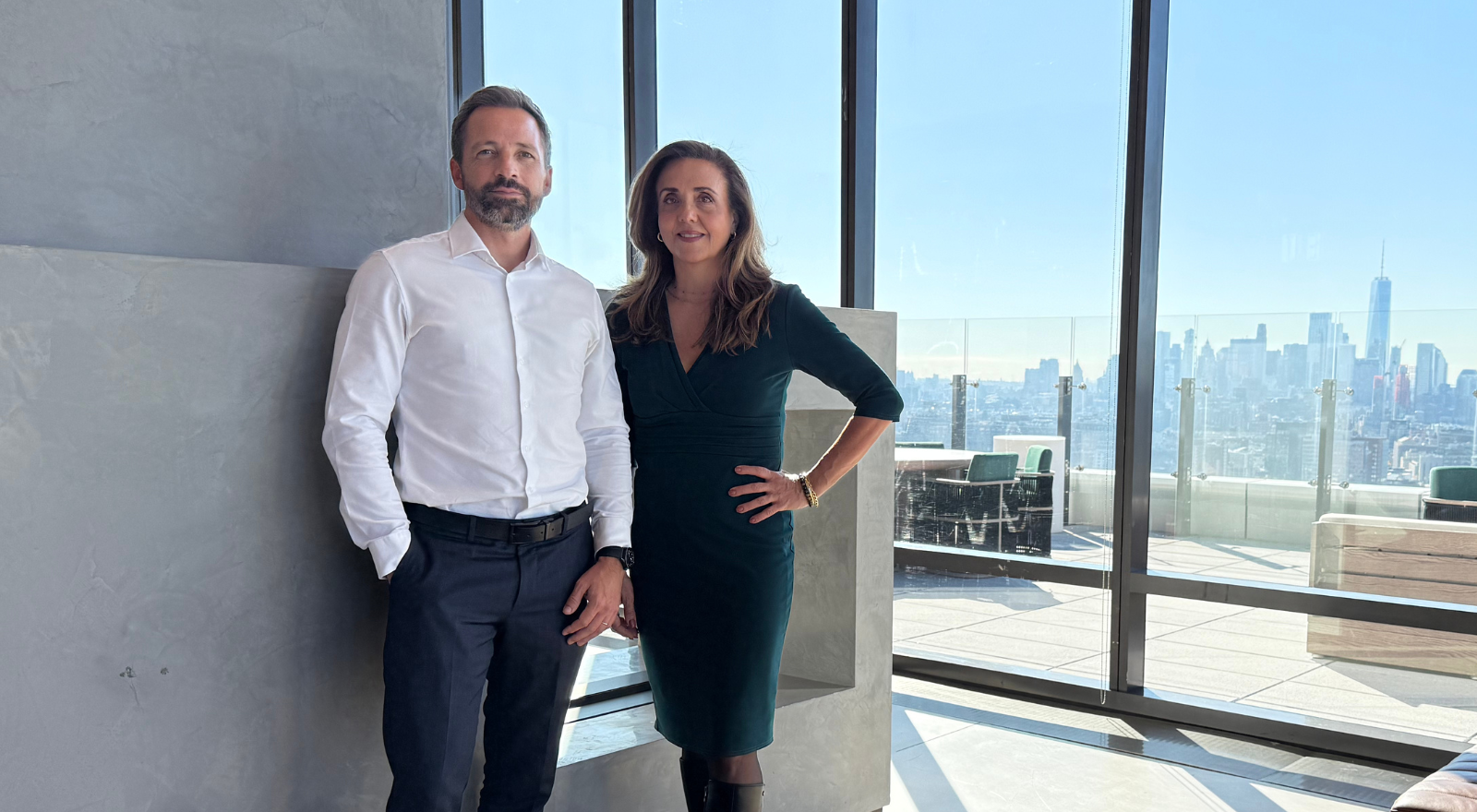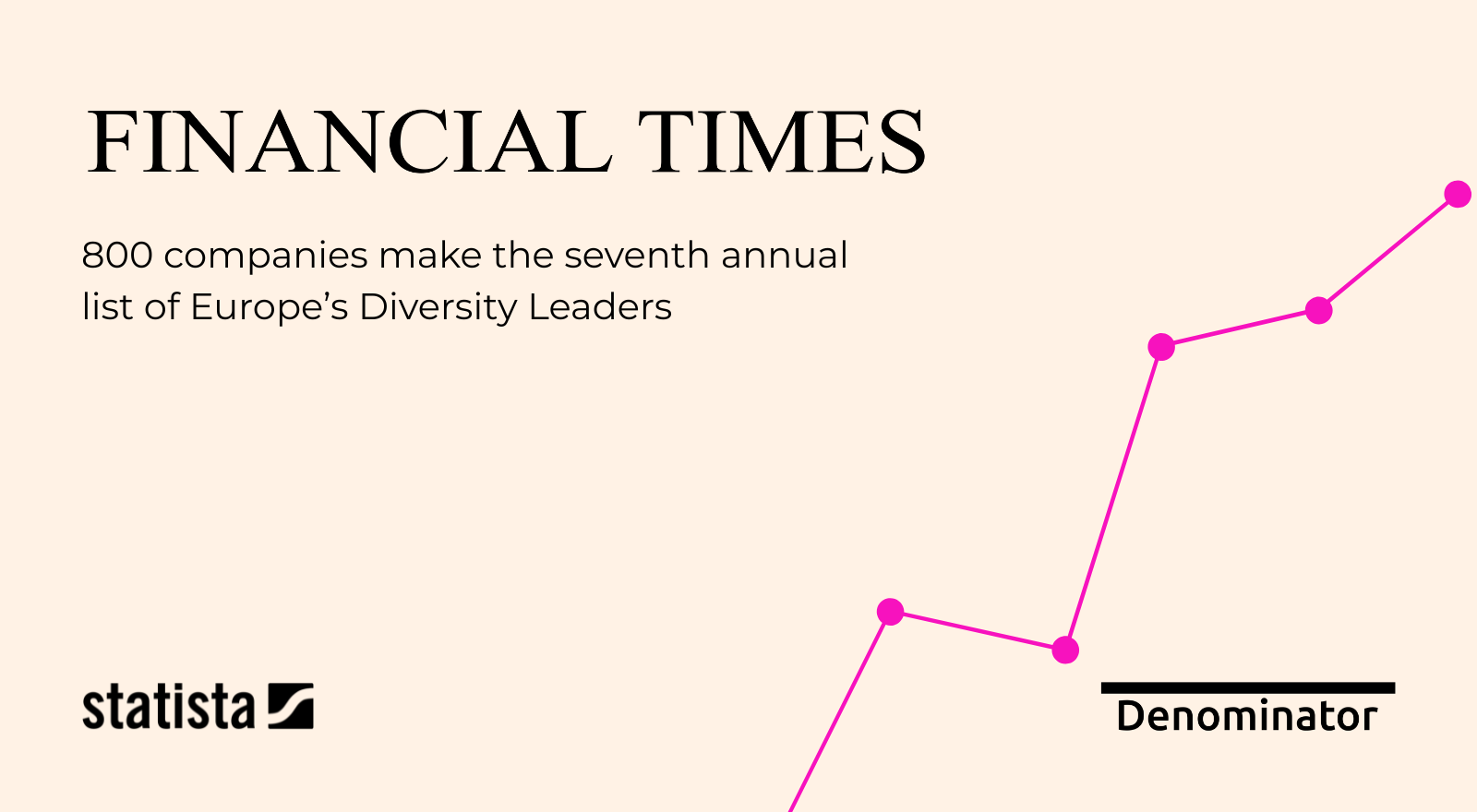Human capital is the most critical asset in today’s post-industrial economy, where intangible value increasingly drives corporate performance.
Many CEOs call employees their greatest asset, yet investors often use more advanced tools to assess environmental performance than to evaluate how companies manage their people, largely because data and frameworks for human capital have long been lacking.
This is now starting to change as markets recognize that effective human capital management is not only a matter of responsibility but also a driver of financial and strategic advantage.
This third edition of Denominator’s analysis on pension funds builds on a series of earlier analyses. The first version, released in early 2024, focused exclusively on Denmark and was taken to a political hearing in the Danish Parliament. The second version, published in early 2025, provided the first regional view and received significant media attention, including front-page coverage in Børsen, Denmark’s main financial newspaper. The story also prompted responses from the equality minister and several pension funds across the Nordic region.
The new edition of Denominator’s analysis on Nordic pension funds provides the most comprehensive benchmark to date, analyzing more than 38,000 equity investments representing approximately USD 3 trillion in assets under management across 25 pension funds.
The Nordic as frontrunners?
Known for progressive labor markets, strong social policies, and transparent corporate governance, Nordic pension funds often set the tone for sustainable investment practices in not only Europe, but also globally.
Yet, the integration of human capital metrics into investment and ownership decision-making is not as common as other factors. Establishing a data-based benchmark is therefore essential to understanding where the market stands and how it can progress.
This year's report expands beyond diversity to include key human capital indicators such as employee turnover, pay gaps and parental leave policies.This broader perspective offers a clearer understanding of how social factors influence investment risk and opportunity.
Key insights from the report
Danish funds show the weakest average performance
Across the region, Danish pension funds exhibit the highest exposure to bottom performers on human capital, with particularly high exposure in race and ethnicity, age, education, and disability dimensions. However, it has the lowest exposure on gender.
Finland and Sweden lead in several areas
Finland and Sweden rank as the most balanced performers across the five human capital factors. Both countries show lower exposure to bottom-quartile performers.
In the first edition of this report, published in early 2025 the analysis was runned on the 2023 investments and 27,000 equity investments. Back then Sweden had the most exposure to bottom-quartile companies across the equity portfolio in 4 out of 7 categories.
Cognitive diversity: boards outperform executives
For investors, the board and executive management are the best proxy for good decision making in a company. Thus, the cognitive diversity among those teams are highly important for managing risk and identifying opportunities. Cognitive diversity is measured by lived experiences formed by factors such as gender, education, race/ethnicity, age, nationality and more.
A consistent pattern across the dataset is that companies tend to perform better at the board level than in executive management when it comes to cognitive diversity.
The results of more exposure to the executive management could be a symptom of more focus historically has been given to the board.
Turnover: an overlooked indicator of culture and risk?
Employee turnover is often seen as a simple operational metric, yet it offers valuable insight into company stability and workforce health.
Across Nordic pension funds, the average turnover exposure is 12.0 percent, with significant variation between funds. The best-performing funds show an exposure of 10.9 percent, while the worst reach 15.0 percent, reflecting a 27.2 percent difference.
High turnover affects productivity, morale and long-term value creation, making it a critical human capital factor that investors can no longer overlook.
Policies and programs: strong foundations but uneven adoption
The report also examines the presence of workforce policies and support programs, which act as early indicators of social commitment.
The data shows:
- More than 94 percent of companies have LGBTQ+ initiatives, human rights policies and paid parental leave.
- Only 29.9 percent report a living wage commitment.
- Only 21.0 percent offer equal parental leave.
Nordic pension funds invest more than USD 380 billion in companies with no women in leadership
The results shows that across the Nordics, USD 380,780,424,939 is invested in companies that do not have a single woman represented in the board of directors and/or executive management. This corresponds to, on average, 10.8% of all capital.
The figure shows that Danish pension funds, on average, allocate 12% of the capital to companies with no women resented which is 69% more capital than Finland with 7.1%.
Closing remarks: using data to shape long-term value
This report provides a data-driven overview of how Nordic pension funds’ equity portfolios perform on key human capital dimensions. The results reveal that a significant share of investments remain exposed to companies with lower human capital performance. This exposure represents a potential risk for long-term value creation, as weak practices in areas such as turnover, pay equity, or workforce well-being can undermine productivity and corporate resilience.
An open invitation for pension funds
This human capital analysis offers valuable insight into long-term sustainability and governance practices. However, not all Nordic pension funds were included in this study. This report also serves as an open invitation for all Nordic pension funds to contact Denominator and submit their portfolio holdings, confidentially. No names will be disclosed, unless explicit permission is given.
The pension funds that are included in this report all have disclosed their equity portfolio publicly – we hope they will continue this practice and encourage other pension funds to follow.
Contact to kristian.wredstroem@denominator.com to learn more about our data and how to participate in future editions.
For questions related to the report or media inquiries, contact emma.helbo@denominator.com.
Download the full report below.


.jpg)

.jpg)







